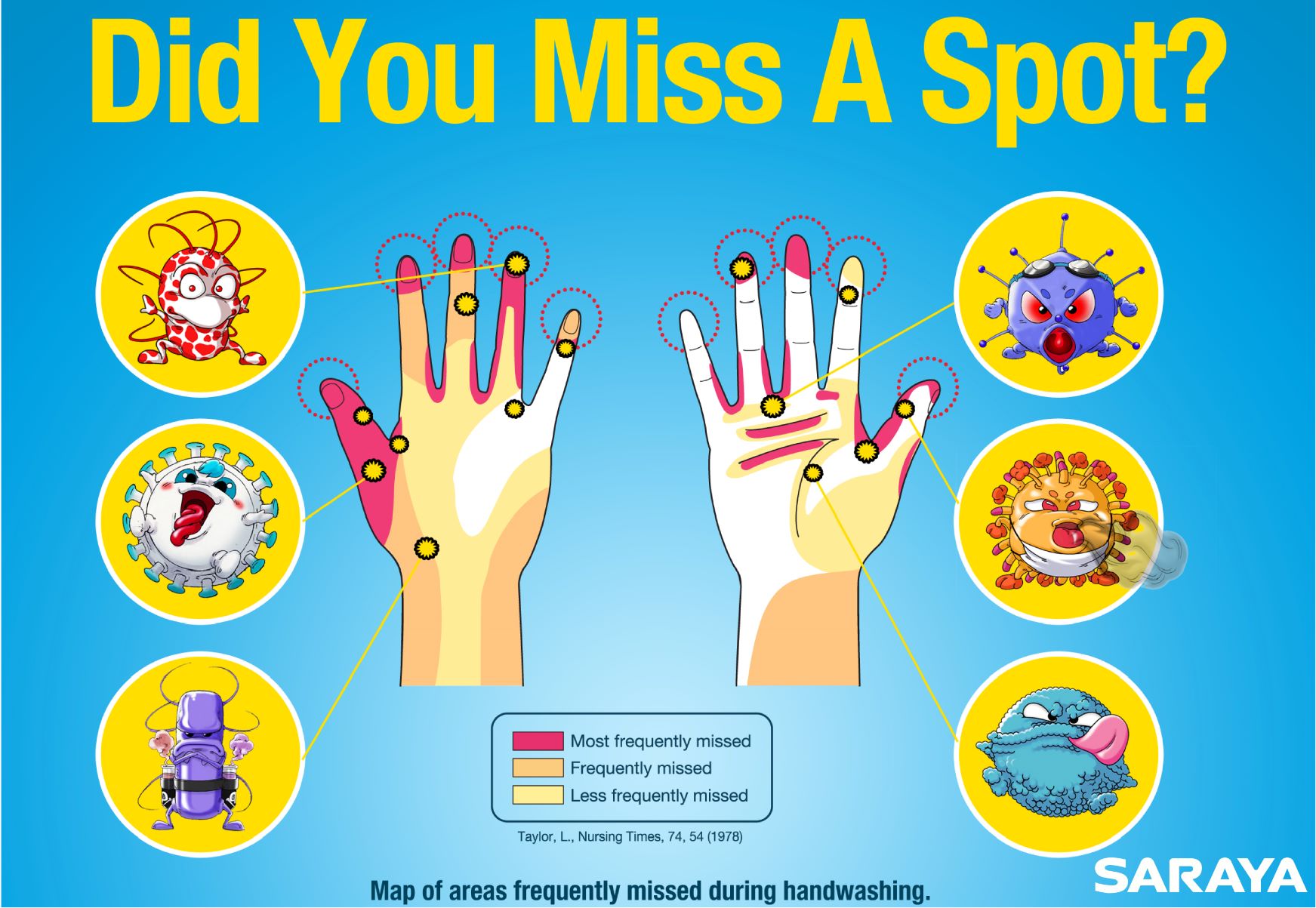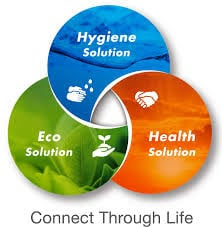10 Things to Consider When Buying a Hand Sanitiser for Your Business
You want a hand sanitiser to keep your staff, your customers, and your family safe, and like many of us you want to make sure you are buying the best you can. This list will give you some insights on buying the right product for you, and avoiding those that are not worth it.
In the rush to meet the demand for hand sanitiser during the initial COVID-19 outbreak, the Australian Regulators relaxed the requirements to ensure continued supply. However some importers and manufacturers marketed their hand sanitiser so that that they fell outside the regulations, and barley meeting a minimum alcohol percentage. While this helped increase supply it raises questions about quality control and effectiveness.
Although they may look similar, not all hand sanitisers are the same. So what makes it effective and what do you look at when purchasing a hand sanitiser. The main factors are alcohol strength, dose volume, and how it feels, but there is much more you can do to ensure you get the right product for you.
Alcohol Strength
The recommended alcohol percentage is between 60-85%, but there is a “sweet spot” at around 70% that gives the best bang for buck. As a sanitiser, Alcohol (either Ethanol or Isopropanol) is very effective at killing germs on your hands, and the number of germs it kills is dependent on the strength of the alcohol, and the volume dosed on the hands.
Alcohol works by dissolving the cell walls causing the cell to lose its integrity and begin to fall apart. To do this effectively Alcohol needs a little water to help this process as it slows down the evaporation rate and allows the alcohol to effectively dissolve the cell wall. A 99% alcohol will actually be less effective than say an 85%. (Reference Link)
Too little alcohol and its ability to dissolve the cell wall is compromised and the alcohol solution needs much longer to do this, which in a hand sanitiser is not ideal – who wants to be rubbing hands with sanitiser for 2 minutes? If you want to see a video on how to denature proteins check this out here.
The ability of alcohol to kill germs falls sharply below 60% (Reference Link) and while the minimum recommended is 60% some germs like viruses require higher strengths to be inactivated. This brings us to the bracket of 60-85%. When we look at all the studies, the ideal concentration is a hand sanitiser of around 70%. (Reference link). This allows the sanitiser enough time to do its job and therefore provide the efficacy needed, while also drying quickly enough not to be inconvenient.
Dosed and Time to Dry.
To do its job, alcohol needs to have the time to kill the germs (15-20 seconds) and of course it needs to be able to cover the entire hand. It is challenging to consistently achieve the right dose and dispensers can help with this. If using manual bottles make sure to educate users on the correct volume. A tear drop on the palms is unlikely to kill the germs on the fingertips leading to missed Spots.

How does it Feel?
A good quality hand sanitiser is not only effective at killing germs, it feels good to use and dries quickly with no sticky residue. If it feels good people are more likely to use it which reduces your risks, conversely if the sanitiser feels bad it can create a poor perception of your business, people will not use it and it becomes a waste of money.
Alcohol Type
Ethanol is the most popular alcohol used mainly as it has a more acceptable smell. There is evidence that ethanol is more effective against some viruses and is offset by needing a higher concentration to do so. Ethanol is less toxic and we see it in alcoholic beverages such as beer or wine, but Isopropanol is toxic if ingested and can cause severe health complications depending on the amount consumed. That said both Ethanol & Isopropanol are very safe to use as hand sanitisers and both are recommended so stick with these. Avoid other alcohols such as Methanol and Glycols as these are dangerous and really should not be anywhere near a skin contact sanitiser.
There is evidence that a blended ethanol / isopropanol sanitiser may have synergistic effects and be more effective, but make sure the total alcohol concentration meets your needs. (Reference Link) See also our notes on Alcohol free hand sanitiser below.

Reputable Company
Are you sure you are getting what you are paying for, or what is actually advertised on the label…? CHOICE magazine tested a range of hand sanitisers and found some did not contain the percentage alcohol they advertised. One manufacturer has since gone into liquidation, and the other has coped huge fines from the TGA. When evaluating the Manufacturer and the Product:
- Look for a reputable manufacturer that has a strong history of researching and manufacturing hand hygiene products, and use quality manufacturing practices (such as ISO and GMP).
- Reputable manufacturers are not likely to misrepresent their product or substitute for lower quality alcohols. The TGA has issued substantial fines for companies doing this.(Reference Link).
- There are different grades of alcohol, some suitable for medical, for use in foods and drinks, and some with so many impurities it can only be used for fuel. A reputable manufacturer will use the right grade of alcohol that will not contaminate your skin.
- Look for clearly identified manufacturer information on the label or documentation. Marketing Companies often purchase their product via a 3rd party who makes, packages, stores and ships the product for them, frequently with little to no Quality Control or oversight by the Marketing company.
- If you are using a hand sanitiser for staff, make sure you have the appropriate usage instructions and clear warnings on the label in case of inappropriate use.
- Look for batch codes / expiry dates / manufacturing dates. This will tell you a few things:
a) That the manufacturer has the ability to trace back the batch should there be an issue with the product and if necessary, test or recall the product.
b) That the product remains fit for purpose over its expected life span – alcohol evaporates over time and depends on a number of factors like the seal in the lid, or the pump attached to the bottle. The manufacturer will have tested the stability of their product to ensure it is still fit for use over the allocated shelf life. Saraya has a 2 year shelf life from the manufacturing date. - According to Safe Work Australia, a SDS (Safety Data Sheet) is required if your business provides hand sanitisers on site. This should be easily available from your supplier
- There should be sufficient information on the labels for easy reference on how to use and store the product.
Made in Australia. Supporting Australian manufacturers makes sure the industry remains sustainable and supports the Australian economy. Australian Manufacturers need to adhere to manufacturing standards such as safety for their staff, can be held accountable for any product issues, and will generally adhere to good environmental practices. It is almost impossible to assess these for products made in overseas low cost countries. You may also want to check if the manufacturer has ethical sourcing policies, or has signed onto the United Nations 17 Sustainable Development Goals.
What are you using it for?
A hand sanitiser designed for use in Hospitals may not be suitable for use in food production so check that the product is designed for your usage. Sanitisers used in food production will state this clearly, while products aimed at the medical industry should be registered with the TGA and have a TGA number on the label. Frequent use occupations will need higher levels of moisturisers to help protect the skin. Finally, customers using the hand sanitiser you provide are going to add this to their overall experience of your facility so provide a hand sanitiser that feel good, is not sticky and does not detract from your good work.
Moisturisers, Fragrances and Other Ingredients
Emollients or moisturisers help prevent the skin from drying out so check to see if the Hand Sanitiser has this listed. a quality hand sanitiser will feel good and dry quickly leaving your skin feeling great - not sticky and not dry.
Fragrances can cause skin reactions, cannot be used in food, and not everyone likes that fragrance. For these reasons it is best to avoid any fragrances. All alcohol hand sanitisers are going evaporate and have an alcohol smell, although Ethanol based sanitisers tend to be more accepted.
Unless you are using it in a medical setting and have a specific reason, it is not necessary to look for additional active ingredients. Yes it may increase the log reduction (see link to what this means here) but a 70% alcohol hand sanitiser will do a great job, especially when you use the right volume*.There are however some chemical sanitisers such as Triclosan that with the benefit of modern research are being removed from use. Gel, solution, or foam? The goal is to provide a hand sanitiser that people like and want to use, so the choice of a solution, Gel or a Foam depends on which is most likely to be accepted and where it is used.
- Gel’s can also feel sticky, and in some cases leave a layer on the skin that can harbor more germs. Gels are often more wildly accepted but they need to be able to dispense the right amount which can be tricky.
- Foams are also well accepted, feel light and dry well. Make sure it is over 70% alcohol to start, however estimating how to get 2-3ml of the hand sanitiser is challenging for you to figure out with the various bottle and pump dispensing options available. Consistency of application is the challenge due to the different formulas having differing drying time and visual volume, so foams are difficult for the user to judge the amount required to be effective. Some alcohol foams are not suitable for use in food production.
Solutions are preferred where high germ reduction is important, and where high user acceptance helps improve frequency of use. They are generally higher in alcohol %, spread over the skin quickly and dry clean with little to no residue.
Alcohol-Free hand sanitisers?
While alcohol free hand sanitisers may have their place, they are not recommended by most official bodies. There is no standard for ingredients or strengths of the active ingredients to provide general guidelines. If you need an alcohol free hand sanitiser then aim for one from a reputable company as discussed above.
Saraya Makes It Easy...
We recognise that choosing the right product can be challenging. Our products are designed to consistently and reliably provide the right volume at the right strength. Our sanitisers feel great so people like to use them, and they are highly effective.
We make it easy for you, talk to one of our team so we can provide you with a solution that suits your business and your budget. Contact us here and one of our team will be in touch.


